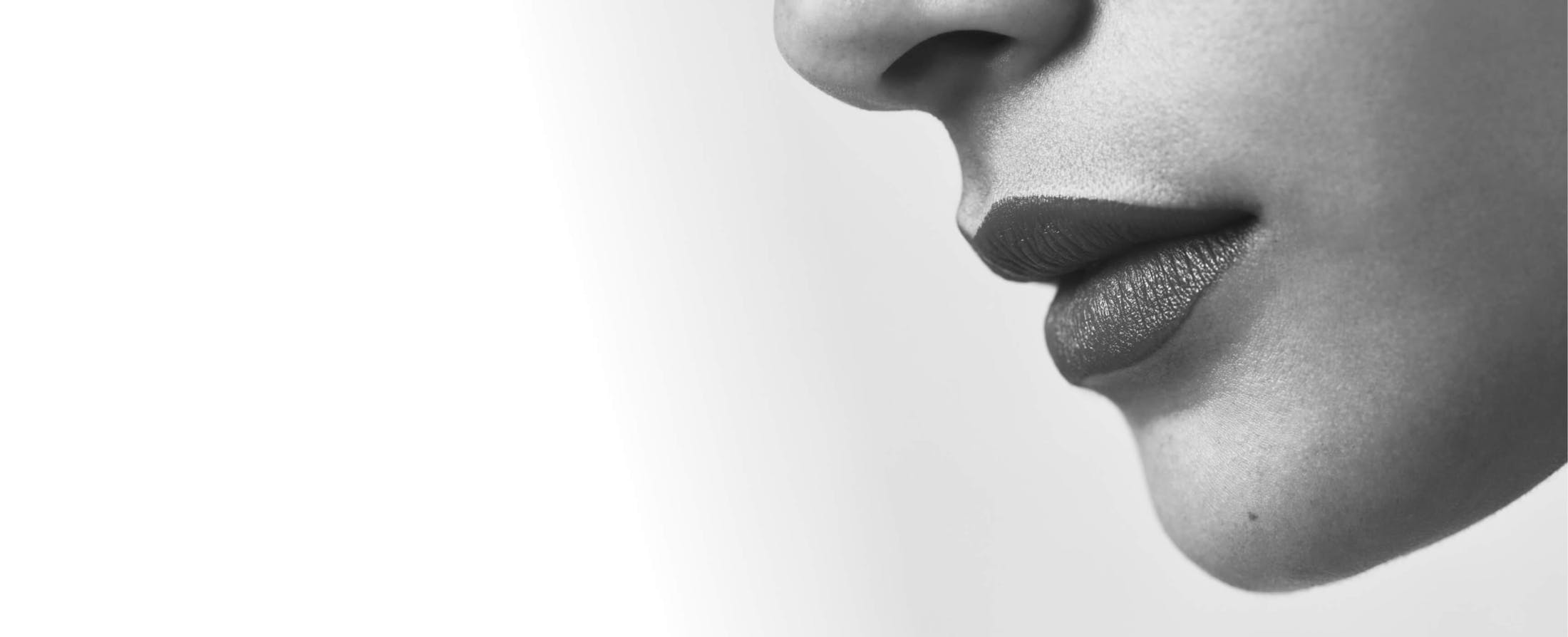
Ultherapy is one of the most popular non-invasive aesthetic treatments in the U.S., according to statistics. It is estimated that in 2019, 56% of patients received treatment for wrinkles and fine lines using ultrasound technology, including Ultherapy. What is Ultherapy? What exactly does it do and how does it work?
To better understand what Ultherapy is, it is best to learn a bit about its early beginnings.
Ultherapy: A Brief Lesson in History
If you’ve ever asked yourself the question “what is Ultherapy?” or “what skin issues does Ultherapy address?” or “why is Ultherapy more effective than other non-invasive treatments?” below is a brief look into how it all began.
Before Ultherapy was cleared by the Food and Drug Administration or FDA as a non-invasive cosmetic treatment for lifting sagging or loose skin around the eyebrows, extensive research, study, and tests were performed. Research and development began in 1998 but it was only almost a decade later that Ultherapy finally got the FDA’s seal of approval for non-invasive eyebrow lift.
Several years later, between 2012 and 2014, other treatment areas were also subsequently approved by the FDA. These target areas now included the neck, chin, and the chest area (for wrinkles and lines).
After “what is Ultherapy?” the second most frequently asked question among first-time patients is what skin issues does the treatment address? Ultherapy is designed to lift the skin without surgery, so loose or sagging skin is the primary target of this non-invasive treatment. And as mentioned above, Ultherapy was cleared by the FDA to lift and tighten loose or sagging skin around the eyebrows, under the chin, and on the neck. An Ultherapy skin tightening treatment can also be effective at correcting wrinkles on the décolletage or chest area.
And finally, the third most frequently asked question about Ultherapy after “what is Ultherapy?” is “why is Ultherapy more effective than other non-invasive treatments?” The answer lies in the technology behind the treatment.
Ultherapy skin tightening treatment uses micro-focused ultrasound with imaging to target specific areas underneath the skin, reaching the deeper layers that could only be accessed through a surgical facelift in the past. The imaging device allows the surgeon or doctor to accurately direct soundwave energy to a very specific area, leaving the surrounding area untouched.
This precision-targeting actively stimulates the body’s natural collagen and elastin production to rejuvenate the skin and make it look younger and more supple. The treatment gradually lifts the skin, according to the patient’s collagen production, making the skin look firmer and younger over time. This active stimulation of collagen production is what allows Ultherapy to provide natural-looking results.
Ideal candidate
Not everyone is a good candidate for Ultherapy, however. Patients with mild to moderate skin laxity on the target areas are ideally the right candidates for the procedure. However, a thorough evaluation of the patient’s skin situation as well as their medical history will be taken into account to determine if Ultherapy is the appropriate treatment or if other skin therapies will be more beneficial to the patient.
Ultherapy skin tightening presents an effective, non-invasive alternative to a surgical facelift but only for patients mentioned above. Advanced skin laxity may be more effectively corrected by a surgical facelift.
Patients may also explore the mini lift, which is a surgical procedure designed for patients with moderate skin laxity on the lower third of the face.
Consult a facial plastic surgeon
If you’d like to learn more about Ultherapy and other skin tightening treatments, please schedule an appointment with Dr. George T. Moynihan at Gold Coast Plastic Surgery. You may call (312) 736-7795. For your safety, comfort, and convenience, you may also schedule a virtual consultation here.


